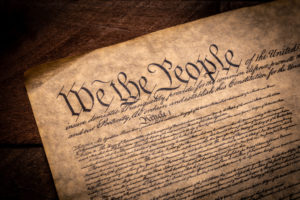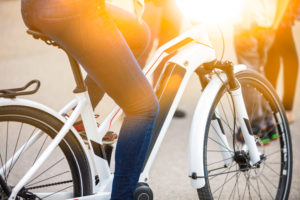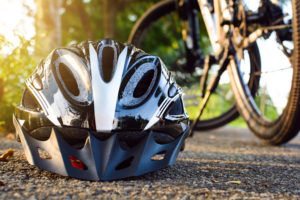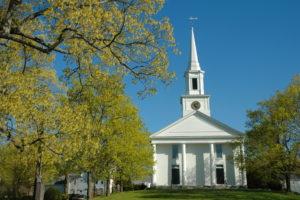We here at the Legal Examiner write about pedestrian safety all the time. Joe Crumley and I have both looked at the issue extensively. In my Google reader this past month were two gems that I wanted to make sure people were aware of:
Minnesota 2020 gives us "Pedestrians Beware!" from Conrad deFiebre. A very solid piece that has some startling numbers including:
A new federal report (.pdf) notes a 10-year high in the share of U.S. traffic deaths suffered by pedestrians during 2010—13 percent. Of 32,885 fatalities, 4,280 were pedestrians, which amounts to one every two hours. In addition, an estimated 70,000 pedestrians were injured when hit by cars, one every eight minutes.
Minnesota beat the national average with 35 pedestrian fatalities out of 411 total traffic crash deaths, 8.5 percent. However, in Washington, D.C., the nation's worst place to walk, more people were killed on foot than in cars.
Imagine a person is hit every 2 hours. Wow.
From SRS Safety Research and Strategies there is "Why are Pedestrian Deaths Rising?". This is a look at the same report and taking it a step further by comparing it to other numbers out there. It also looks at the problems with the federal report's preoccupation with drinking by the people killed. As the article noted:
In 2011 Transportation for America, a transportation reform group, released its own report on the state of pedestrian safety – Dangerous by Design. It argues that pedestrian deaths, and the slower rate of their decline compared to vehicle occupant deaths is the result of the national neglect of pedestrian safety in policy, budgeting and road design. Most pedestrians die on arterial roadways, “streets engineered for speeding traffic with little or no provision for people on foot, in wheelchairs or on bicycles,” the report says. The mandate to move large swaths of vehicle traffic on high-capacity, high-speed connectors between major destinations attracts commerce, and auto-centric stops such as gas stations and fast-food drive-throughs, but is built with no consideration to bikers or pedestrians. The space is allocated for more lanes, often at the expense of crosswalks, sidewalks, bike lanes, on-street parking and street trees.
Looking at both articles, it is clear that the call for doing more to save pedestrians needs to be done.

A founding partner with Bradshaw & Bryant, Mike Bryant has always fought to find justice for his clients—knowing that legal troubles, both personal injury and criminal, can be devastating for a family. Voted a Top 40 Personal Injury "Super Lawyer" multiple years, Mr. Bryant has also been voted one of the Top 100 Minnesota "Super Lawyers" four times.











Comments for this article are closed.